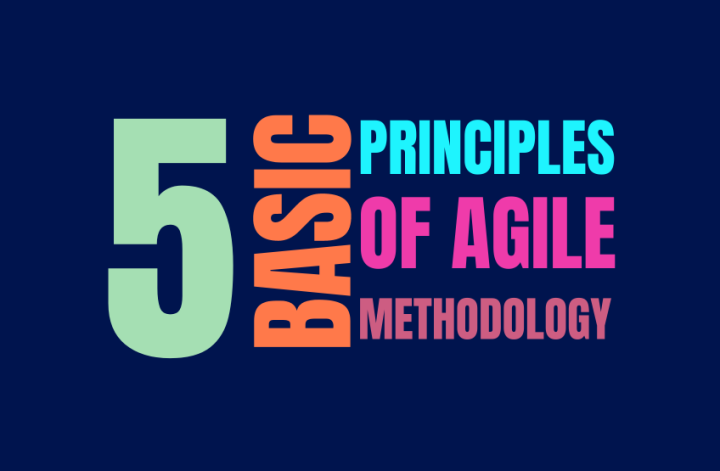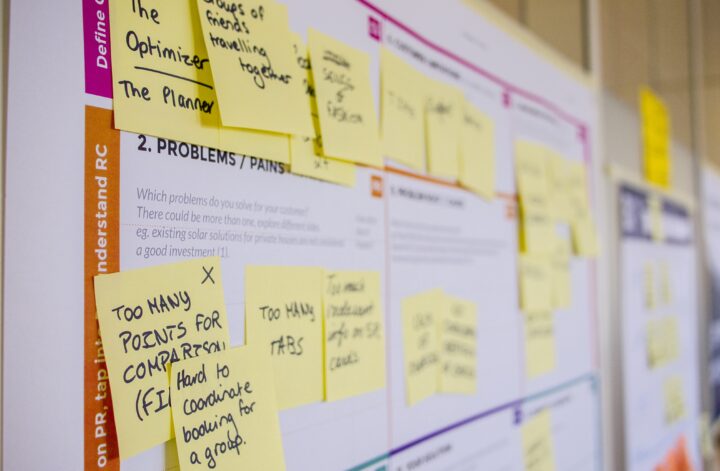Once upon a time, a group of dedicated professionals faced turbulent and unpredictable challenges in the software development world. They sought a way to steer their projects through the ever-changing currents of client demands and technological advancements. Here, they discovered the Agile methodology—a set of guiding principles that would forever change how they worked.
-
Individuals and Interactions over Processes and Tools:
At the heart of this Agile journey, they realized that their most valuable assets were not the fancy tools or elaborate processes they used but the people themselves. They learned that open and honest communication among team members, clients, and stakeholders was the compass that would keep them on course. They valued face-to-face conversations, listening, and collaboration over rigid tools and processes. After all, the people would carry them through storms and calm alike.
-
Working Software over Comprehensive Documentation:
As they continued their voyage, they understood that the accurate measure of progress was not in the piles of documentation but in tangible, working software. While they recognized the importance of documentation, they knew it could sometimes become an anchor, slowing them down. So, they embraced the idea of producing just enough documentation to facilitate understanding and focused most of their efforts on delivering valuable, functional software. They saw that the code spoke more clearly than any document ever could.
-
Customer Collaboration over Contract Negotiation:
The Agile travellers soon realized that the traditional ways of rigidly defining project scopes and locking everything into contracts were like heavy chains, limiting their ability to adapt. They learned to invite their clients aboard as fellow sailors, encouraging active participation throughout the journey. Together, they could explore uncharted waters and make necessary course corrections without the fear of contractual entanglements. They believed in mutual trust and collaboration rather than strict contracts.
-
Responding to Change over Following a Plan:
They knew that no matter how meticulously they planned their voyage, the seas of software development were unpredictable. So, they adopted the principle of agility—adapting and changing course swiftly. They understood that even the best-laid plans might need to be altered when new information or challenges arose. Instead of resisting change, they welcomed it as an opportunity to steer toward a better outcome. They found that flexibility was their greatest asset.
-
Sustainable Pace:
Lastly, these Agile explorers realized that a sprinter’s pace could not be sustained on a long voyage. They understood the importance of maintaining a sustainable work rhythm to avoid burnout and ensure the team’s longevity. They committed to delivering value consistently rather than pushing themselves to exhaustion. They valued quality work over constant hustle, knowing that a well-rested crew was a more effective crew.
Ultimately, this group of intrepid travellers learned that Agile was not just a methodology but a way of life. They embraced these five basic principles as their guiding stars, steering them through the unpredictable seas of software development. With individuals and interactions at their core, they prioritized working software, customer collaboration, and responsiveness to change. They understood that sustainability was critical to their enduring success.
And so, they continued their Agile journey, weathering the storms and enjoying the calm, knowing that these principles would always keep them on the right course.
Once completed, the read, “How can you avoid pitfalls when scaling Scrum?“




